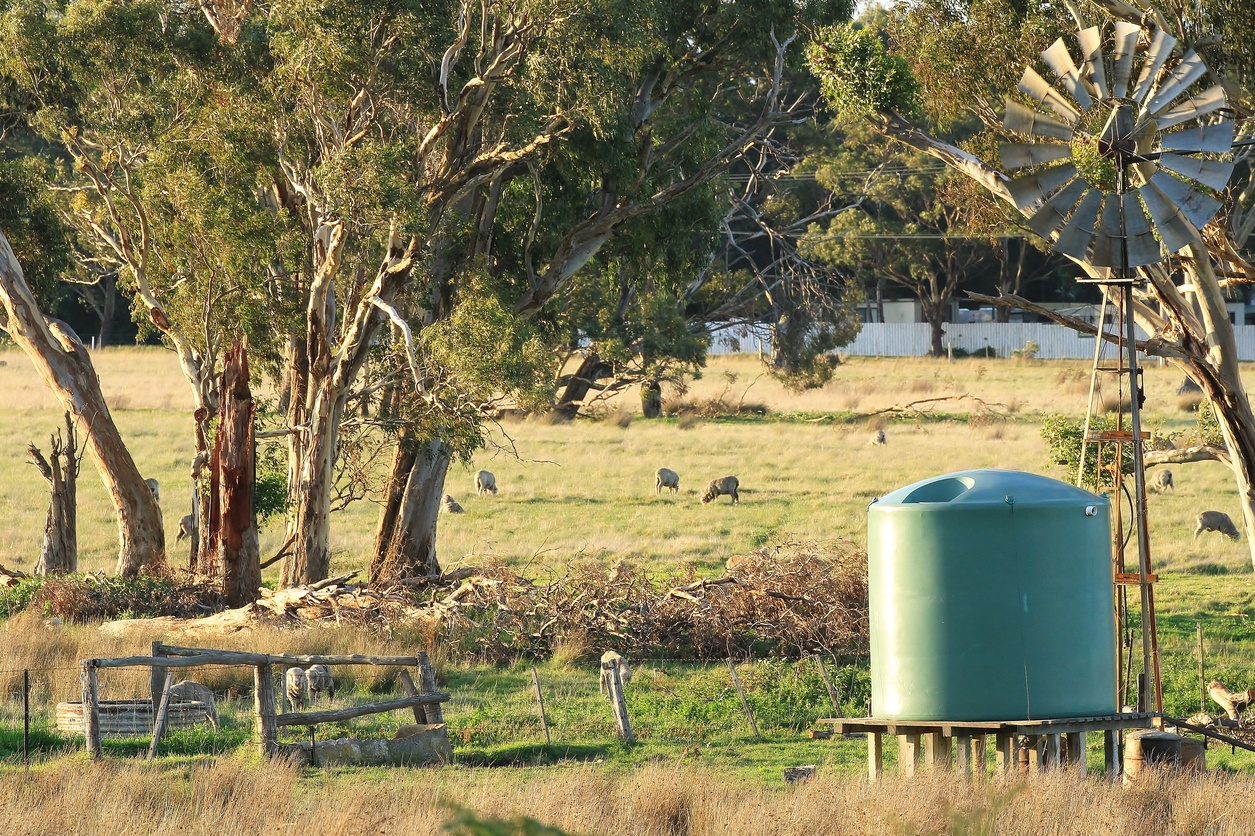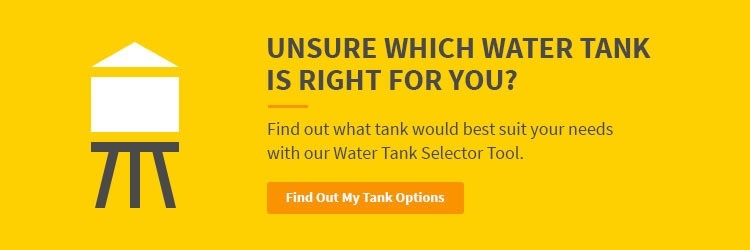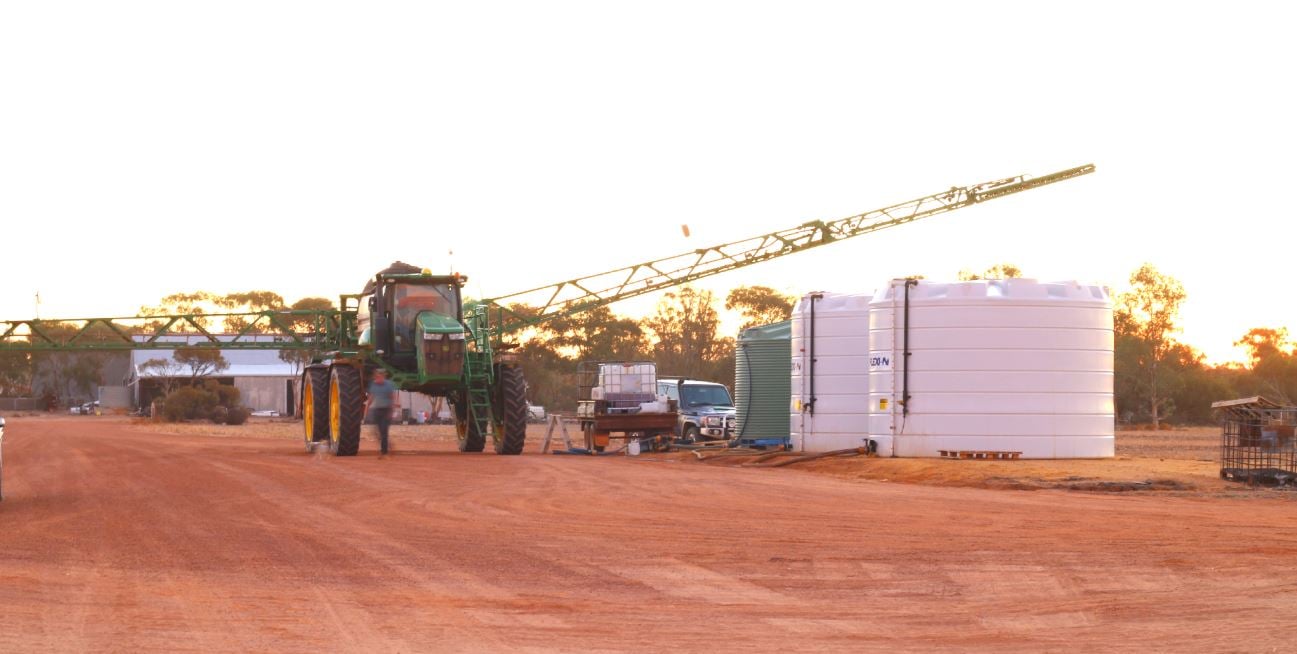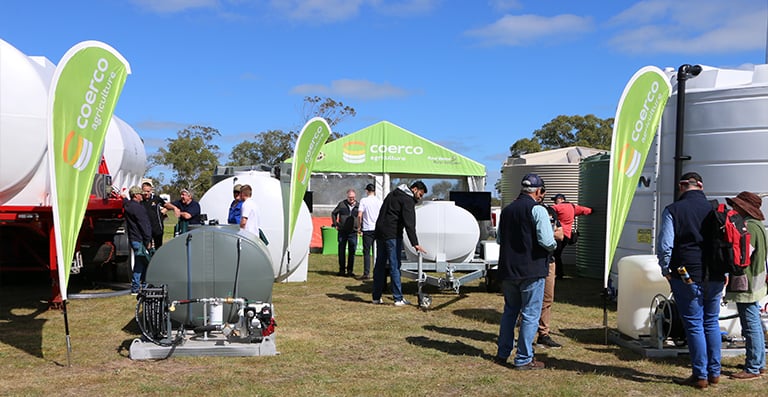Things change. We change our minds. Our businesses change. Our properties change. The fact is that life in Australia is dynamic. What about your water tank?
An important question to ask is, once your water tank installation is complete, can you change your mind on its location?
Download this Free Download

The short answer is, yes. However, the degree of difficulty depends on the type of tank you have. Here's why:
Steel Tanks
Steel tanks are movable. However, owners must carefully weigh whether the effort is worth it. The water tank installation process is much more involved with steel tanks than with other tanks.
For example, to meet warranty requirements, installations require a concrete slab with a minimum of 100 mm of steel reinforcing. Moving a steel tank can require as much labour and expense as the initial installation.
Fibreglass Tanks
Fibreglass tanks are lighter than steel tanks, making them less cumbersome to move. However, they are prone to cracking.
Fibreglass is advantageous because its stiff, rigid texture makes it easy to manage water pressure with relatively thin tank walls. However, that advantage often becomes a liability when these tanks are moved. The thin, rigid walls will crack if extreme caution is not exercised.
Concrete Tanks
Concrete tanks are extremely durable. However, they are also difficult to move. A 5000 G tank weighs about eight tonnes. Additionally, larger tanks are installed underground. These factors make it necessary to use specialised equipment and heavy-duty cranes to move them.
Polyethylene Tanks
Polyethylene (poly) tanks are by far the easiest water tank to install and move. Poly water tanks are built to be long-lasting, and will not rust. So, it's a possibility you may need to move a tank over its lifetime.
No heavy equipment is needed to install or move a poly tank. The tanks are often pushed off the truck and simply rolled over the ground by a few people.
Larger tanks may require the assistance of small farm vehicles or loader buckets to push them around. Poly water tanks, on the other hand, are lightweight and made in one single piece, eliminating the need to reseal or weld any joints. Since poly tanks are most often installed on sand pads, moving them also results in minimal ground disturbance.
Contact us to learn more about the advantages of poly tanks.









What do you think about this post?
Comments